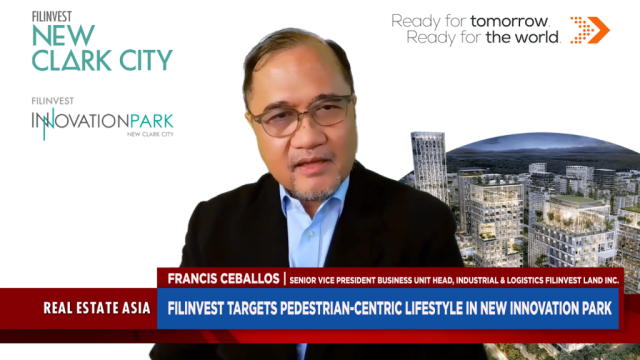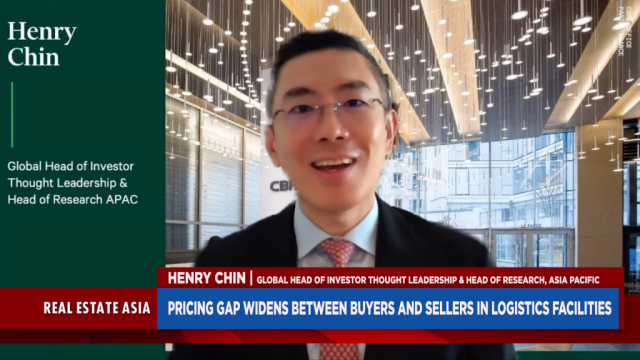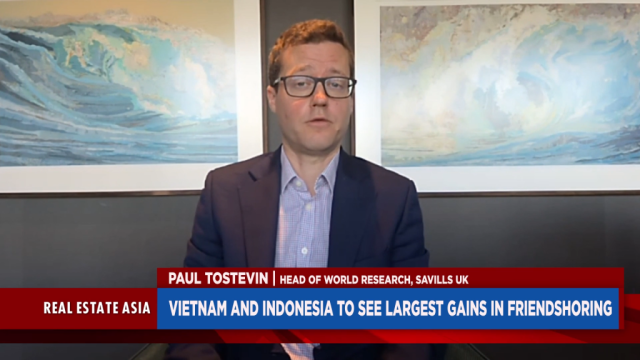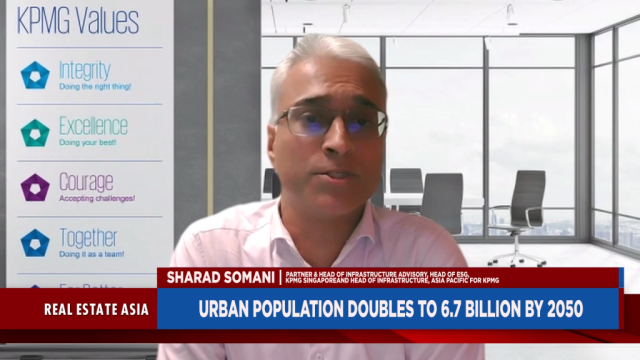ASEAN condo, apartment market set for 7.5% compounded growth
Abhijit Dey, lead analyst at Mordor Intelligence, gives insights into the driving forces behind the surge.
The Southeast Asian condominiums and apartments market is projected to experience a compound annual growth rate (CAGR) of 7.5% in the next five years, outpacing the global rate.
Interviewed by Real Estate Asia, Abhijit Dey, lead analyst at Mordor Intelligence, shed light on the driving forces behind this surge.
Dey pointed out that the promising growth of the Southeast Asian condo and apartment market aligns with the region’s robust GDP expansion, which is anticipated to reach 4.9% in 2023. That projection, if realised, would surpass the global average projected of 2.7%.
According to Dey, this momentum is sustained by urbanisation, population growth, and increasing GDP.
Identified as key contributors to this trend are the easing foreign ownership restrictions, surging foreign direct investment (FDI) inflow, infrastructure development, and limited land availability in urban areas.
Dey highlighted how urbanisation has reshaped the ASEAN economy, with agriculture diminishing from 19% in 2010 to 15% and the service sector growing from 46% to 49.6%.
Urbanisation has driven demand for condos and apartments, particularly in mega-cities where land scarcity prompts vertical development.
"Additionally, the growth in service and manufacturing sectors has attracted job seekers, driving up the demand for rental housing,” said Dey.
Likewise, urban tourism in countries like Singapore and Thailand, particularly in Bangkok, escalates the need for short-term rental properties.
It has been observed that local and international developers are dominating the condo and apartment market in Southeast Asia, but Dey underscores the need for distinction of luxury, mid-segment, and affordable offerings.
Fragmentation characterises the market, with the top 10 players commanding a collective share of under 18%. He said strategies encompass joint ventures, mergers, acquisitions, expansions, and new project launches.
Meanwhile, Dey has ranked Indonesia, the Philippines, Vietnam, Thailand, and Singapore as the top five condo and apartment markets.
This is partly because urbanisation intensifies demand in Jakarta, Philippines, and Thailand, whilst Singapore’s limited private housing drives high-net-worth investments. Malaysia sees growing transaction rates but also inflation-related price hikes.
On another front, Dey underscored the growing influence of Environmental, Social, and Governance (ESG) initiatives. “Large institutional investors have publicly declared support for ESG criteria, prompting ASEAN (Association of Southeast Asian Nations) developers to align with industry standards. Green leases, energy improvements, and green buildings are notable trends,” he said.
It takes the rare expertise of Dey to clearly assess these growth factors, prominent players, emerging trends, and the embrace of ESG initiatives.
The good thing is that as the market continues to evolve, Dey said developers are learning to adapt their strategies to cater to changing demands and standards.





























